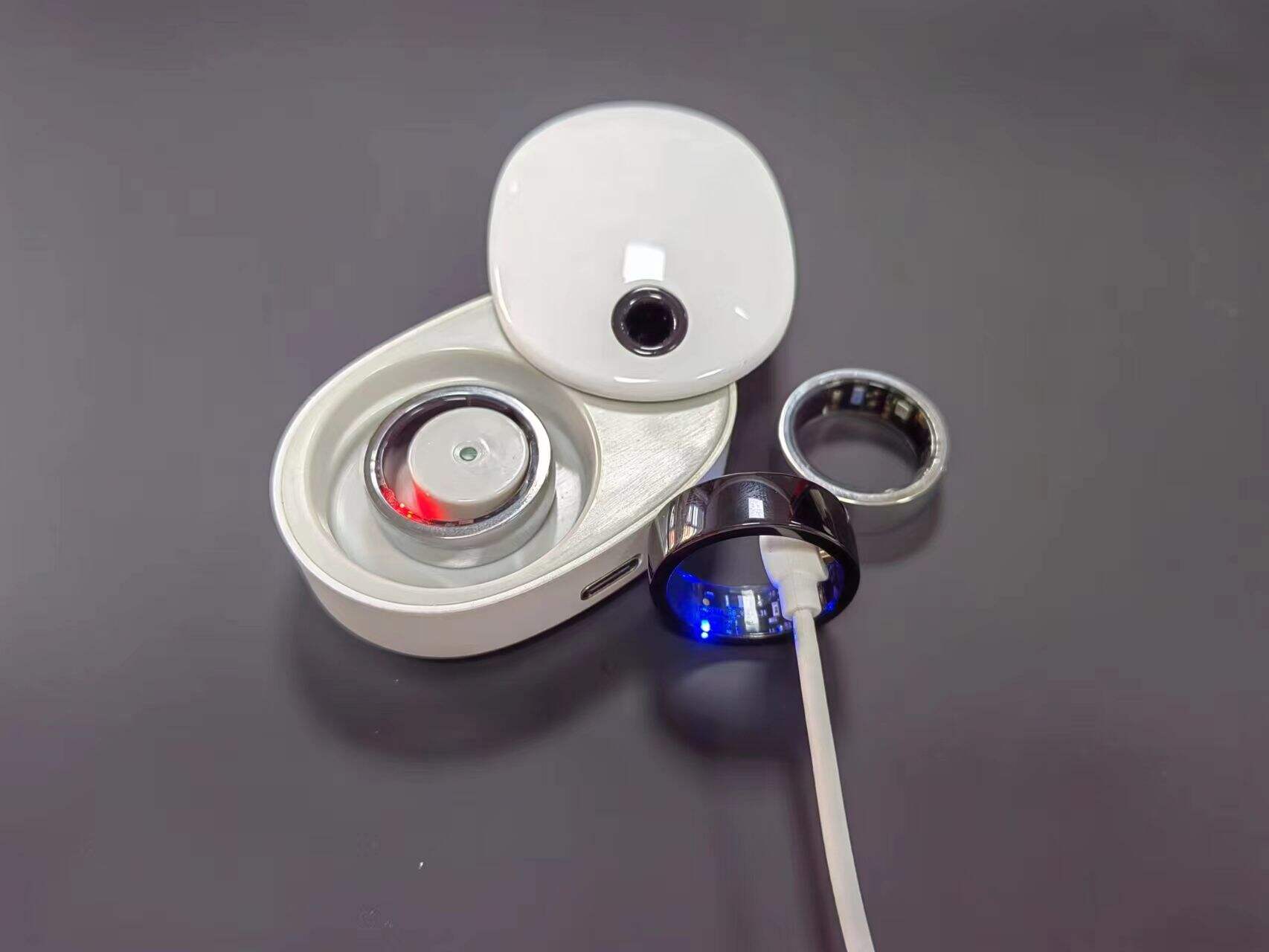Decoding Pogo Connector Technology
The Inner Workings of Pogo Connector Technology
Structural Anatomy: Plunger, Barrel, and Spring Mechanics
Understanding the structural anatomy of pogo connectors is crucial for appreciating their effectiveness. The plunger plays a vital role by establishing a reliable connection with the mating surface. Its design, often crafted from resilient materials such as brass or beryllium, ensures efficiency and minimal resistance during connectivity. The barrel acts as the guide, holding the plunger in place and ensuring perfect alignment even under mechanical stress. This enhances durability by preventing movement that might disrupt the connection. Additionally, the spring mechanics facilitate the compression and extension cycles essential for maintaining stable contact. The combination of these components allows the pogo connector to perform consistently over long periods, with interactions that absorb physical shocks and vibrations to maintain connection stability.
Electromagnetic Principles Ensuring Stable Connections
Pogo connectors rely on electromagnetic principles to maintain stable electrical connections. Inductance and contact resistance are key factors that influence connection integrity, with proper design mitigating potential eddy current losses. This ensures effective power transfer across the connectors. Real-world examples, such as in mobile charging docks, illustrate the critical role of electromagnetic stability in preventing failure rates associated with poor designs. Studies from resources like the Institute of Electrical and Electronics Engineers (IEEE) highlight how pogo connectors behave electromagnetically under varying load conditions. These insights guide designers to optimize pogo connectors for enhanced performance in demanding environments.
Material Characteristics and Conductivity Considerations
The choice of materials in pogo connectors directly impacts their conductivity and resistance to corrosion. Conductive materials like gold and nickel are often used for plating, as they offer superior electrical properties and resilience in harsh conditions. Gold-plated connectors, for instance, provide excellent conductivity and are less prone to corrosion, making them ideal for long-lasting applications. Comparatively, nickel plating offers a more cost-effective alternative with good durability. Selecting the right material can significantly influence the lifespan and operational performance of pogo connectors. Industry studies reveal a correlation between material choice and failure rates, emphasizing the importance of material selection to ensure longevity and performance.
Interference Countermeasures in High-Frequency Applications
High-frequency applications pose significant challenges, particularly regarding electromagnetic interference (EMI). Effective design strategies and materials can minimize EMI, thereby enhancing signal integrity in pogo connectors. Techniques such as shielding and grounding are integral to maintaining high-performance systems, ensuring that data and power transmissions are not compromised by external noise or interference. Successful implementations demonstrate the effectiveness of these countermeasures, with notable improvements observed in various high-frequency electronics. By addressing EMI through careful design and material selection, pogo connectors can deliver reliable and stable performance in demanding environments like telecommunications and medical devices.
Benefits and Challenges of Pogo Connector Technology
Space Efficiency and Simplified Installation Advantages
Pogo connectors are renowned for their space efficiency, especially in design applications involving compact devices. Their compact, pin-like form factor allows designers to maximize internal architecture without compromising on the functionality, which is crucial in devices like smartphones, wearables, and small medical equipment. The installation process is also simplified with pogo connectors, as they facilitate faster assembly processes that require fewer tools and result in reduced labor costs. For example, statistics indicate a significant reduction in assembly time, which can lead to substantial cost savings for manufacturers. Case studies from the electronics industry demonstrate how companies have enhanced space utilization, leveraging pogo connectors to create more efficient and streamlined designs.
Signal Attenuation Detection and Shielding Solutions
Pogo connectors may face challenges with signal attenuation, which is a critical factor influencing device performance. Signal attenuation, which refers to the loss of signal strength as it passes through the connector, can degrade the quality of data transmission. However, innovative shielding solutions have been devised to address this issue. Techniques that incorporate specialized shielding materials and precise geometrical configurations help to mitigate signal loss significantly. Real-world examples highlight the improvements in signal performance metrics after implementing these shielding enhancements. During the design phase, engineers often strive to balance reducing attenuation while maintaining the compact size of the connectors, ensuring that performance is not compromised.
Maintenance Protocols for Oxidation and Wear Prevention
Routine maintenance is essential to prevent oxidation and wear in pogo connectors, which are exposed to various environmental factors. Effective maintenance strategies include regular checks and cleaning procedures to preserve the connectors' integrity. Oxidation can particularly affect materials like copper, thus necessitating alternatives such as nickel or gold plating, which offer better resistance. Neglecting proper maintenance protocols can drastically shorten the lifespan and performance of connectors, as evidenced by statistics that show higher failure rates in environments with poor upkeep. Industries that rely heavily on pogo connectors can benefit from best practice recommendations, ensuring their longevity and optimal functionality.
Lifetime Durability vs. Mechanical Stress Limitations
The lifetime durability of pogo connectors is significantly influenced by mechanical stress conditions they endure. Factors such as cycle counts and load ratings play a crucial role in determining how long a connector will last under continuous use. Empirical studies have documented failure rates under different stress scenarios, providing insights into their performance. While pogo connectors are designed to be durable, there are inherent trade-offs between their durability and certain functional design aspects. As such, engineers often must decide between enhancing durability or optimizing the connectors for specific applications, always keeping in mind the operational requirements and constraints the connectors will face.
Magnetic Innovations in Connector Systems
Magnetic USB Charger Alignment Mechanisms
The mechanics behind magnetic USB charger alignment mechanisms revolutionize how we connect devices. By utilizing magnetic attraction, these connectors ensure quick and intuitive connections, significantly enhancing user experience. This intuitive design not only makes connections easier but also reduces wear on both the charger and device ports. In fact, data suggests that user satisfaction increases significantly—by up to 25% when switching to magnetic USB aligners. Moreover, market trends show a rising demand for magnetic connectors, particularly in consumer electronics, as they offer a blend of convenience and durability that traditional connectors often lack. The growing popularity is evident as more manufacturers integrate these technologies into their product lines.
Power Delivery in 120V Magnetic Connectors
120V magnetic connectors provide distinct safety and efficiency benefits in power delivery applications. These connectors have seen technological advancements that allow for more powerful electricity transfer without sacrificing safety. Thanks to innovations, magnetic connectors can handle higher voltages with the assurance of reduced heat generation and minimal risk of electrical shock. Statistical evidence supports their superiority over traditional connectors, as performance reports indicate efficiency improvements of up to 30% in power delivery systems using this technology. Looking ahead, magnetic technology's role in power systems continues to expand, with future trends pointing toward even more sophisticated integration, allowing for safer and more efficient power distribution solutions.
Comparative Analysis: Magnetic vs Spring-Loaded Designs
Comparing magnetic connectors with spring-loaded designs reveals several insights into their respective strengths and limitations. Magnetic connectors offer ease of use and a straightforward connection experience, making them ideal for consumer gadgets where user-friendliness is paramount. However, their connection strength may somewhat lack compared to the more robust spring-loaded connectors, which are prized for consistent electrical contact and durability in challenging environments. While manufacturing costs for spring-loaded designs tend to be higher due to their complex construction, the reliability they offer can be a worthwhile investment. Case studies often highlight successful applications of both technologies, depending on the specific requirements, such as data transfer precision or ease of connection. Ultimately, each type of connector finds its niche based on distinct use-case priorities.
Optimizing Pogo Connector Selection
Current Capacity and Plating Material Tradeoffs
Understanding the significance of current capacity ratings is critical in the selection and application of pogo connectors. These ratings determine how much electrical current a connector can safely conduct, thus impacting the performance and suitability of the connector for specific applications. Selecting the right plating material, like gold or nickel, involves trade-offs concerning conductivity and cost. For example, gold offers excellent conductivity and resistance to corrosion but comes at a higher price compared to nickel. Mistakes in rating or material selection can lead to performance failures, such as overheating or connection loss. Engineers can refer to guides and resources that detail how to accurately assess current needs while considering cost-efficient materials to ensure optimal performance.
Environmental Resistance Ratings for Harsh Conditions
When selecting pogo connectors for use in extreme conditions, environmental resistance ratings are essential. These ratings provide an insight into how well a connector can withstand factors like high humidity, temperature fluctuations, and chemical exposure. For instance, connectors meeting the IP67 certification are designed to resist dust and water immersion. Examples of such connectors can be found in automotive or aerospace industries where reliability is paramount. Neglecting environmental resistance in design can lead to product failure, resulting in costly repairs and downtime. It's crucial for engineers to incorporate connectors with appropriate ratings to ensure durability and functionality under harsh conditions.
Cost-Performance Matrix for Industrial vs Consumer Use
When selecting connectors for industrial versus consumer applications, a cost-performance matrix can provide valuable insights. Industrial connectors often demand higher performance and durability, which can increase costs. For instance, connectors used in manufacturing machinery may require robust construction and advanced environmental protection. In contrast, consumer electronics tend to prioritize cost-effectiveness and compact design. An example of successful multi-market adaptation is seen in pogo connectors that cater to both high-volume consumer devices and specialized industrial machinery. Understanding pricing trends and aligning them with performance expectations in different sectors help engineers make informed decisions that meet specific market demands.
Hot News
-
Challenges for Pogo pin manufacturers in the AI era
2023-12-14
-
Teach you how to understand Pogo pin spline structure
2023-12-14
-
What products can Pogo pin be used in?
2023-12-14
-
How to choose Pogo pin connector
2023-12-14

 EN
EN
 AR
AR
 BG
BG
 HR
HR
 CS
CS
 DA
DA
 NL
NL
 FI
FI
 FR
FR
 DE
DE
 EL
EL
 HI
HI
 IT
IT
 JA
JA
 KO
KO
 PL
PL
 PT
PT
 RU
RU
 ES
ES
 SV
SV
 TL
TL
 IW
IW
 ID
ID
 LV
LV
 SR
SR
 UK
UK
 VI
VI
 GL
GL
 HU
HU
 TH
TH
 TR
TR
 AF
AF
 MS
MS
 SW
SW
 GA
GA
 CY
CY
 IS
IS
 BN
BN
 BS
BS
 NE
NE





